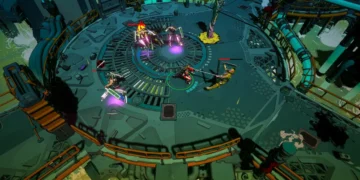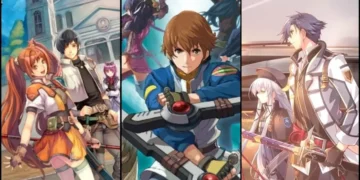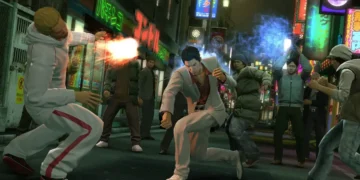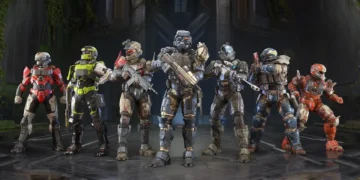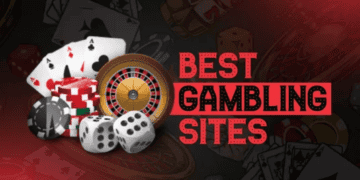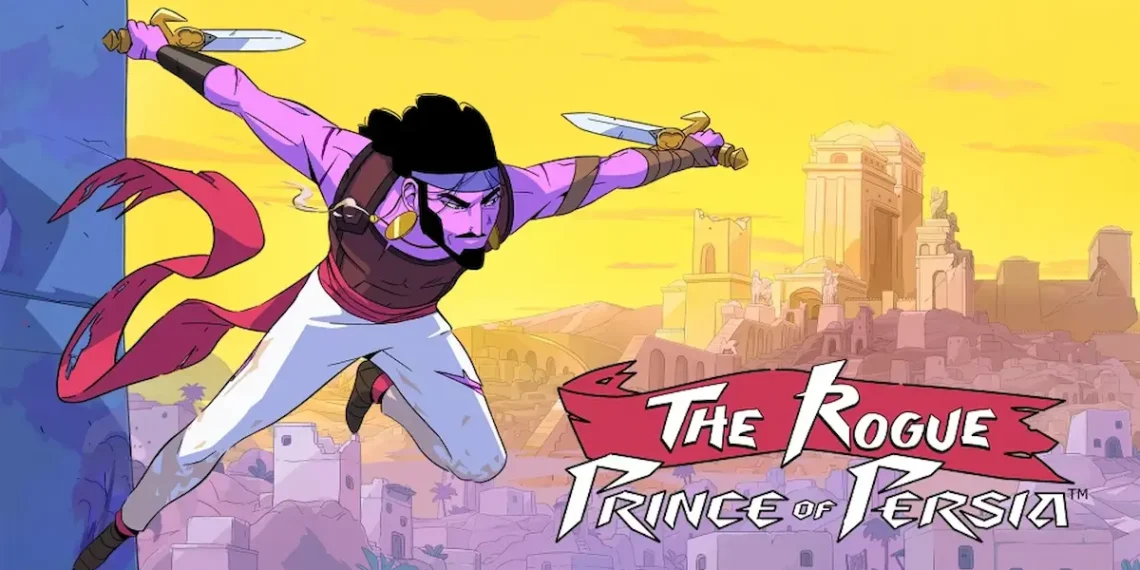In The Rogue Prince of Persia, players step into the place of the eldest prince, trapped in a time loop. The Huns have surrounded the prince’s home city using dark magic that is too much for Persia’s defenses.
Armed with a medallion that resurrects him three days into the invasion at an oasis encampment every time he dies, the prince must continually battle through the Huns to reach and defeat their leader.
Along his journey, he comes across allies and family members—some imprisoned, others still fighting against the invaders—whom he can assist using knowledge gained from multiple loops.
The prince’s findings are seen through a mind board connecting character photos and notes, hinting at the next steps in the game.
For example, a note found in the Huns’ camp may reveal a key individual’s capture by the first boss, motivating the players to face the boss for more information.
Some findings require visiting specific areas in a particular series within a single run—like obtaining an item from one area, using it in another, and then observing its impact in a third location. Death restarts the process, as the time loop erases the prince’s previous interactions.
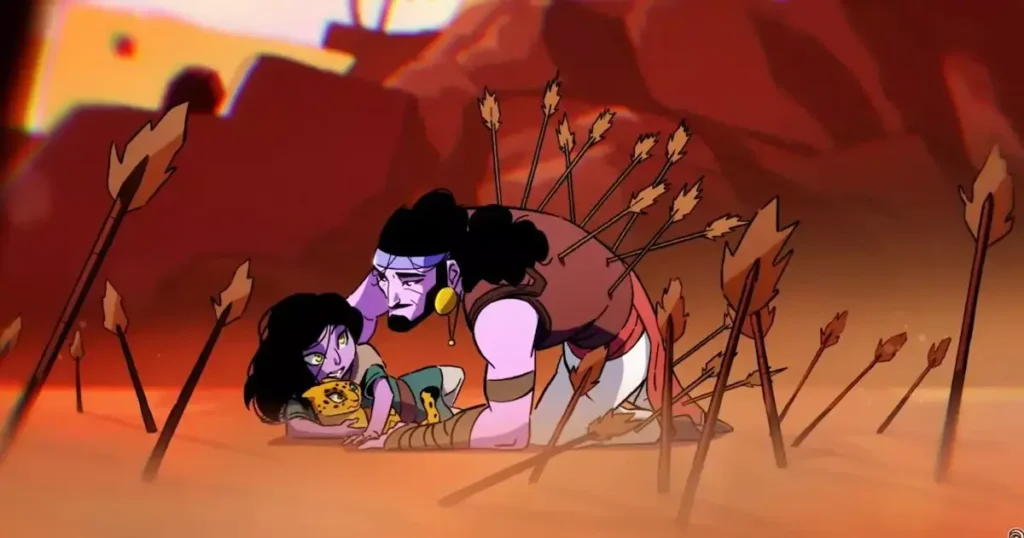
This structure increases the game’s quality, especially since reaching the palace at the city’s center after defeating the first two bosses is a strong challenge.
While it’s possible to succeed on the first run, it cannot happen without upgrades and familiarity with the game’s mechanics and boss patterns. Completing smaller objectives on the mind board gives a sense of achievement, even in defeat.
After several runs, the prince’s increasing discoveries, like identifying a kidnapped individual’s location, motivate continued play despite difficulties.
The Rogue Prince of Persia is good in gameplay flow. At the start, it takes a couple of runs to master the basics, but the prince’s parkour and wall-running easily mixes with different weapon attacks and combat moves.
Building on Dead Cells’ mechanics, The Rogue Prince of Persia introduces a smooth combat loop. Players start with a basic melee weapon and a long-range tool but can find stronger options during each run.
Each weapon has a unique ability, motivating diverse strategies against different enemies. At the start, favoring the heavy-hitting Tabar, players eventually preferred the fast, deadly Bagh Nakh and the ever-strengthening Falcata.
While running, players can also collect talismans getting special effects, such as healing at fast-travel points or emitting poisonous gas during long-range attacks. Up to four talismans can be taken at once.
This setup requires strategic thinking regarding which talismans to take and their placement. Still the game offers various weapon and talisman builds, some combinations currently feel superior, suggesting a need for balance tweaks.
The characters in The Rogue Prince of Persia may not be powerful narratively, but the quests they provide create engaging short-term goals. But the story is boring due to the lack of interesting characters.
On the other side, the game’s different locales and levels spreads personality, with unique color palettes, environmental challenges, and musical themes. The use of different colors, such as blues, purples, oranges, and yellows, creates visually beautiful environments.
Though levels change slightly with each run, their general layouts remain consistent, reinforcing the narrative theme of knowledge as power and increasing the player’s familiarity with the game world.
The latest version of The Rogue Prince of Persia ends before reaching the final area and confronting the Hun leader. The mental narrative map also ends on a suspense. Despite its unfinished state, The Rogue Prince of Persia is a promising roguelike offering hours of enjoyable gameplay.

